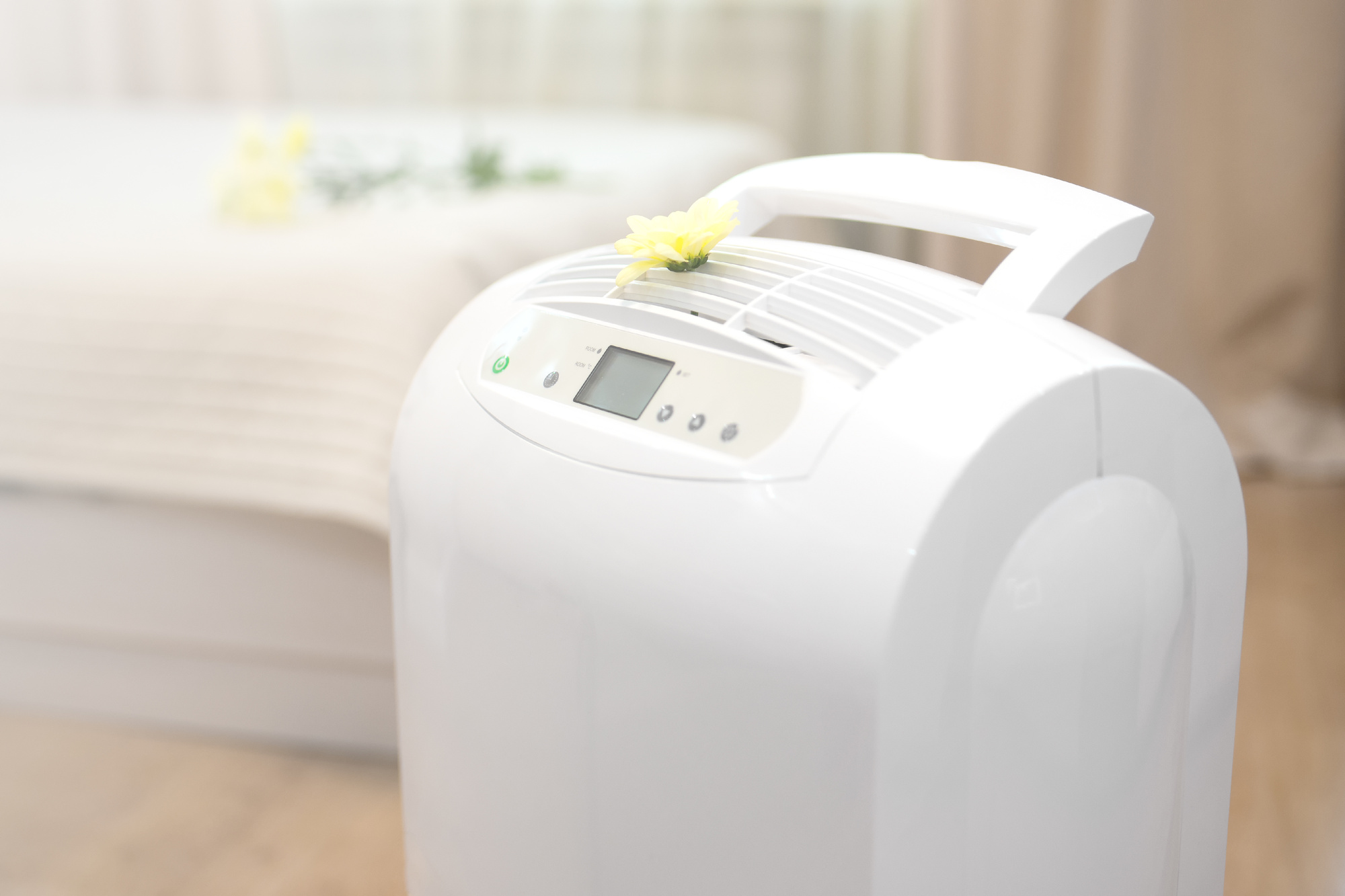Indoor air quality has a major impact on our lives. We can say that with confidence because the majority of us spend most of our lives cooped up indoors – and it’s probably contributing to many of our health issues.
The buildings we live and work in give off gasses – many of them from things that are designed to protect us such as fire retardant chemicals. However, it’s not all bad news – there are ways we can protect ourselves.
Read on for our handy guide on how to improve indoor air quality.
How Do I Measure Air Quality at Home?
Maybe you’re aware that the air in your home or office is a little funky, but you’re not quite sure if it’s actually bad for you. Thankfully, there are some scientific options available now to help us see exactly what’s happening.
There are now monitors available that can indicate how good or bad the air quality is in your indoor space. They sync with an app to let you know exactly what’s going on.
They can also give you tips on how to improve air quality.
How to Improve Indoor Air Quality
Spraying artificial chemicals around the house is definitely not the solution for improving indoor air quality. However, that doesn’t mean that technology doesn’t have a role to play.
Generate Ozone
Ozone is a miracle gas when it comes to air quality. There are three oxygen atoms inside each ozone molecule. This extra molecule can latch onto bad smells and help to neutralize them.
An ozone machine could be a great option for improving the indoor air quality in your home or business. They can remove even stubborn odors, like cigarette smoke and food smells.
Get Some Houseplants
At home, we’re bombarded with pollutants we’re probably totally unaware of. It may be our haven, but we’re being exposed to carbon monoxide, mold and even asbestos.
Houseplants are a great answer to air pollution. They can absorb many of these toxins, creating a healthier environment. Additionally, they make the place look great, and usually require minimal maintenance – a win all round!
Try Air Purifying Bags
This may sound like we’re talking about introducing some potpourri scented nonsense into your room, but don’t worry – things have moved on since the nineties.
You can now buy air purifying bags that make use of activated charcoal to eliminate nasty niffs. Usually derived from bamboo, this form of charcoal will effectively deodorize without putting nasties back into the atmosphere.
The Takeaway: How to Improve Indoor Air Quality
Now you know how to improve indoor air quality, what’s the next step?
We’d encourage getting out and investigating ozone machines. They’re an effective, long-term solution to the problem. They’re built to last and don’t require much maintenance.
That being said, the key takeaway is that there’s no excuse to resort to chemicals to freshen up your environment. Nature has provided all we need, so let’s harness it for great quality indoor air!
Click here for more tips on going green at home!










